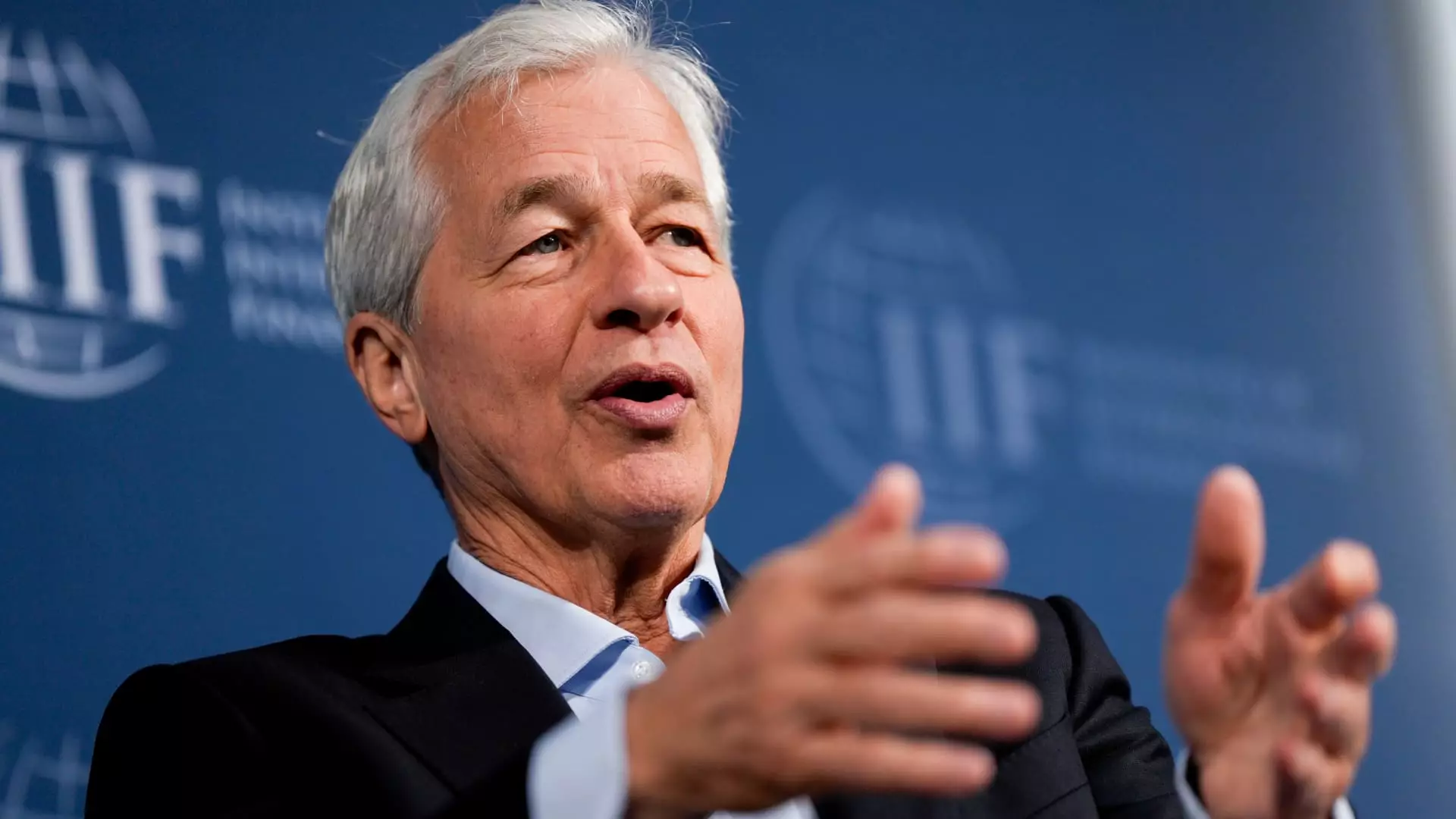In a surprising juxtaposition to its usual urban landscape dominated by casual tech workers, San Francisco recently transformed into a bustling hub of corporate leaders and executives clad in suits during JPMorgan’s annual healthcare conference. This event, renowned for attracting top-tier leaders from healthcare systems, venture capital, and businesses worldwide, unfolded against a backdrop both of excitement for the future of healthcare and of a tragic incident that cast a long shadow over the discussions.
Reflections on a Tragedy
The specter of adversity hung heavily over the conference. Only a month prior, the untimely death of UnitedHealthcare CEO Brian Thompson in New York City due to a shooting reverberated through the industry. The immediate aftermath saw a significant outcry on social media platforms, with many individuals sharing grievances about their experiences with health insurance, fueling resentment toward the healthcare system itself. This discourse highlights a growing discontent among the public regarding healthcare delivery and the attitudes of major insurers.
The repercussions of such turbulence were palpable at the conference, with numerous corporations, including Cigna and Walgreens, choosing to cancel their participation, as reported by CNBC. In response to this climate of uncertainty, enhanced security measures were evident at venues, with a notable police presence amplifying the feeling of unease. Executives like Wei-Li Shao, president of Omada, articulated the collective sentiment, pondering the future direction of the healthcare sector amidst the turmoil. This incident has invoked critical self-reflection within the industry, prompting leaders to contend with the ethical dimensions of healthcare delivery and the responsibility it necessitates.
While the shadow of this tragedy loomed large, there was an undeniable surge of enthusiasm as discussions pivoted toward the potential innovations the healthcare industry could harness by 2025. Conversations surrounding the increasing role of artificial intelligence (AI) offered a glimpse into a technologically advanced future. Executives expressed optimism about AI’s capacity to alleviate the burdens of administrative tasks and enhance operational efficiencies in a sector grappling with challenges such as workforce shortages and budget constraints.
Companies showcased innovative AI tools designed to address these pressing issues. For instance, Waystar introduced generative AI functionalities aimed at curbing insurance denials, while partnerships like those formed between Amazon Web Services and General Catalyst signaled a concerted effort to accelerate AI development in healthcare. Dr. Shiv Rao from Abridge underscored the palpable excitement surrounding AI’s transformative impact, indicating that its integration into healthcare is not only feasible but already producing tangible results.
In addition to technological advancements, the conference buzzed with discussions about the groundbreaking weight-loss medications known as GLP-1s. Developed by industry giants like Novo Nordisk and Eli Lilly, these drugs have not only emerged as effective tools for weight management but are also being investigated for their potential to alleviate conditions such as cardiometabolic disorders and sleep apnea. The promising initial results have led analysts to estimate a burgeoning market worth up to $100 billion by the decade’s end.
However, this enthusiastic outlook is accompanied by challenges, most notably supply shortages. The skyrocketing demand has left many patients struggling to access these life-altering medications, which often carry a hefty price tag. Nevertheless, executives remain optimistic about the potential of GLP-1 medications to shift public health dynamics, highlighting a dual pursuit of innovation and accessible care.
As the conference progressed, participants could not ignore the prevailing political uncertainties affecting the healthcare landscape in the United States. With the transition of power to a new administration, questions regarding healthcare policy and direction remained largely unanswered. The anticipated nominations within the forthcoming administration raised eyebrows and concerns, particularly among investors who rely on a stable regulatory environment to navigate their strategies.
Despite mixed sentiments about the political climate, industry leaders expressed a cautious optimism about the potential for bipartisan efforts aimed at expanding healthcare access. Owen Tripp, CEO of Included Health, emphasized that a cooperative political environment could address gaps in healthcare delivery and affordability, regardless of the administration’s composition.
JPMorgan’s annual healthcare conference serves as a remarkable microcosm of the healthcare industry’s current challenges and opportunities. The juxtaposition of optimism about technology and innovation against a backdrop of tragedy and political unpredictability vividly illustrates the complexities facing healthcare stakeholders as they strive to enhance the delivery and accessibility of care in a swiftly evolving market. This synthesis of insights points toward a critical juncture for the healthcare industry, where reflection and action must converge to address both immediate and long-term challenges.

